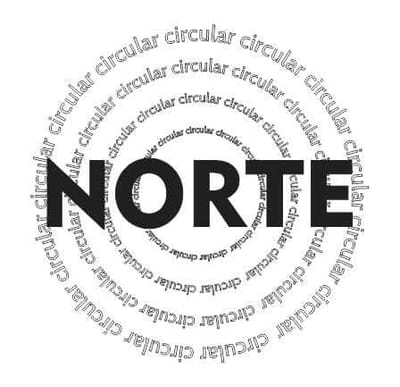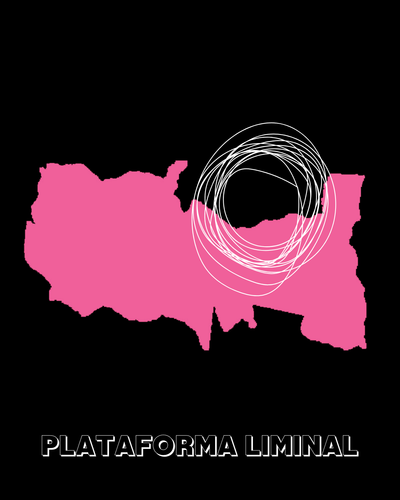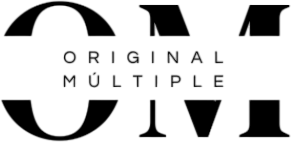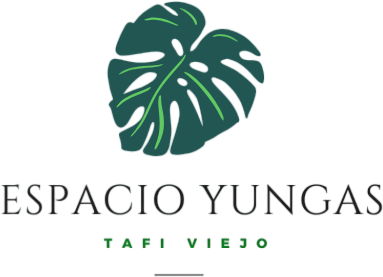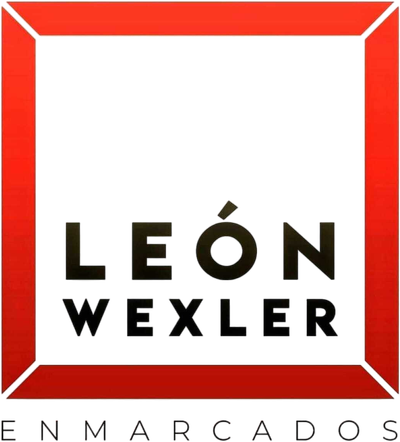PRÓXIMAMENTE
ARTISTA BUENA SUFICIENTE
NADIA COHEN IMACH
---
13 de diciembre 2025
VISITAS CON CITA PREVIA
EXHIBITIONS
FAIRS
ABOUT
Fulana no es una galería de arte convencional, es una casa-galería ubicada en Tafí Viejo, Tucumán. Un espacio donde conviven arte y vida cotidiana, desafiando la formalidad de las galerías tradicionales.
El proyecto apunta a tomar propuestas novedosas, tanto desde la curaduría como desde lo expositivo; busca interrogar a los nuevos lenguajes del arte contemporáneo y promocionarlos. El objetivo es difundir las nuevas tendencias artísticas actuales y apoyar el coleccionismo emergente, así como también incrementar la presencia de artistas locales en el mercado.
Nuestros valores:
Calidad: Garantizamos un alto estándar en las obras y exposiciones que forman parte de nuestro espacio.
Transparencia: Actuamos con claridad y honestidad en nuestras relaciones con artistas, coleccionistas y público.
Compromiso: Promovemos el arte como un medio de conexión y entendimiento, aportando al desarrollo cultural de nuestra comunidad.
Pamela González
Directora
Fulana forma parte de Circular NORTE (Red de galerías y gestiones del Norte Grande Argentino.)
El proyecto apunta a tomar propuestas novedosas, tanto desde la curaduría como desde lo expositivo; busca interrogar a los nuevos lenguajes del arte contemporáneo y promocionarlos. El objetivo es difundir las nuevas tendencias artísticas actuales y apoyar el coleccionismo emergente, así como también incrementar la presencia de artistas locales en el mercado.
Nuestros valores:
Calidad: Garantizamos un alto estándar en las obras y exposiciones que forman parte de nuestro espacio.
Transparencia: Actuamos con claridad y honestidad en nuestras relaciones con artistas, coleccionistas y público.
Compromiso: Promovemos el arte como un medio de conexión y entendimiento, aportando al desarrollo cultural de nuestra comunidad.
Pamela González
Directora
Fulana forma parte de Circular NORTE (Red de galerías y gestiones del Norte Grande Argentino.)
CONTACT
- Sarmiento 88, Tafi Viejo, Province of Tucuman, Argentina
- +54-3815044293
- fulanagaleria@gmail.com
- Wednesdays to Saturdays. By appointment only.
Current art gallery.
ACOMPAÑAN

